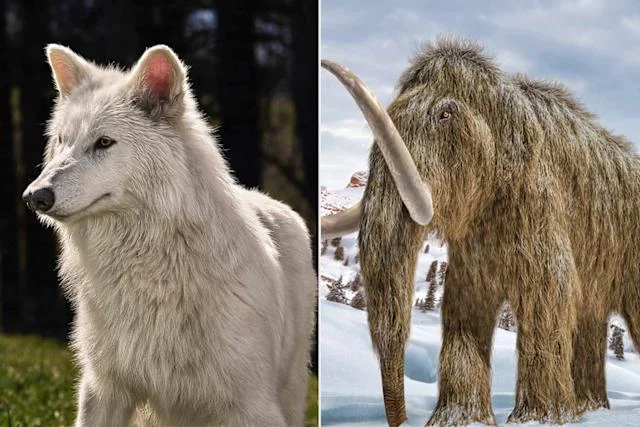
Dire Wolves Return: How De-Extinction Could Transform Endangered Species Conservation
This week’s revelation about the resurrection of dire wolves has sparked a seismic shift in America’s conversation on endangered species. Biotechnology company Colossal Biosciences has done what once belonged to the realm of mythology: they have created three healthy dire wolf puppies using ancient DNA, prompting both awe and intense policy debate.
On April 7, U.S. Secretary of the Interior Doug Burgum—formerly North Dakota’s governor—praised this pioneering act of science. On social media, Burgum lauded the “potential of ‘de-extinction’ technology” not only for reviving lost creatures, but fundamentally redefining wildlife protection efforts: “The only thing we’d like to see go extinct is the need for an endangered species list to exist.”

Currently, the Endangered Species Act shields over 1,300 vulnerable species—from cheetahs and lemurs to blue whales and polar bears. Yet Burgum compared the list to “Hotel California” where, “Once a species enters, they never leave,” suggesting regulation often outweighs innovation.
Colossal’s feat exposes a fascinating crossroads. According to CEO Ben Lamm, ancient DNA from a 13,000-year-old tooth and a 72,000-year-old skull was the secret to breathing life into these prehistoric predators. “Any sufficiently advanced technology is indistinguishable from magic,” Lamm declared, echoing Arthur C. Clarke as the company eyes even bolder goals—like the once-impossible dream of resurrecting woolly mammoths, dodos, and the Tasmanian tiger.
The ethical and ecological ramifications reverberate: is it right to reintroduce lost animals into modern ecosystems? Can de-extinction overshadow the urgent need to protect habitat for species clinging to survival? Or, does this era of scientific marvel present a new chance for “recovery” unachievable by tradition alone?
Federal agencies like the U.S. Fish and Wildlife Service must now reconsider what conservation means in the biotech age. Is nurturing life through gene-editing a revolutionary act of stewardship, or will it introduce new risks and unforeseen consequences for wild populations?
As headlines swirl and policy is debated, one truth remains clear: by pushing the boundaries from regulation toward innovation, humanity is rewriting the story of extinction. The ultimate outcome is uncertain—but the renewed hubbub offers rare hope that being endangered might one day lose its meaning altogether.
What are your thoughts on resurrecting extinct animals? Could de-extinction be the best—and most controversial—tool for fighting biodiversity loss? Join the conversation below. Share your opinions, and let’s debate the future of conservation together!